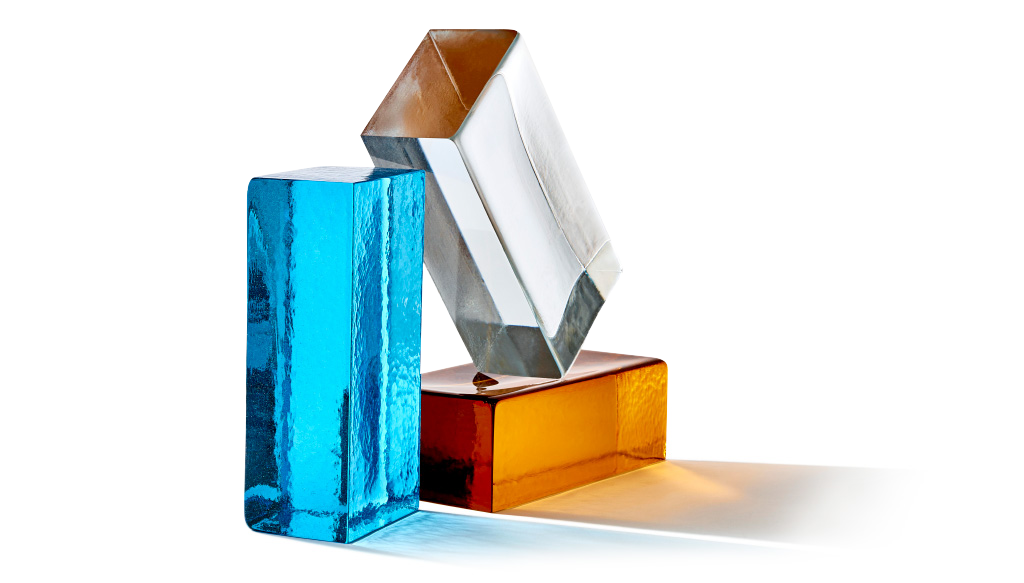
44 Market Street
Best in glass: 44 Market Street’s cutting-edge facade
Adding a touch of avant-garde liveliness to Sydney's CBD, the new 44 Market Street's frontage represents the largest glass-brick façade in Australia. In recent years, the concept of transparency has assumed a key role in many aspects of the commercial world: also part of the redevelopment of the lower levels of one of the towers of the Central Business District of Sydney. The building in question is 44 Market Street, a 26-story modernist block completed in 1972, whose roadside entrance and lobby had lost their luster over time and, due to low foot-traffic, was underused. Renovation plans included the addition of a Food & Beverage precinct and a new emphasis on the flow between the building's surroundings and a refitted lobby.


The architects’ point of view
The location of the building had to be taken into account, straddling the intersection of Market, Clarence and York streets: three downtown arteries with their own "programmatic identity", says John Prentice, Principal of Woods Bagot, Lead Architects of the project. To complement the surrounding environment, Venetian Glass bricks were used in the facade of the building overlooking Clarence Street, while large skylights were installed in the Food & Beverage areas, with vistas reaching from the ground floor to the existing tower. The final outcome is the largest glass-brick facade in Australia, which has brought a shimmering and vibrant transparency to the CBD.
"The design responds to each street's character while maintaining a consistent architectural language that feels of place within its context," says Prentice.

Past and present
"The use of the glass bricks was a contemporary response to the site's location within the Clarence Street historical character zone, which is typically composed of brownstone buildings from Victorian and Federation eras. It also addressed our interest in creating a light-filled dining experience that could also enliven the area at night-time while providing the finer grain of detail evident in the area. For the restyling of the lobby, we took inspiration from the existing design, making new additions, such as a characteristic gold-plated wall, to enrich the original details like the green marble casing around the elevator. Regarding the facade, the inspiration comes from further afield. Although the use of glass-brick is not standard in Australian projects, there are several examples throughout the rest of the world, such as the stunning facade of Chanel's flagship store in Amsterdam.


While a double-brick system was used for the Chanel's flagship store, for the restyling of 44 Market Street it was necessary to design a customized and cutting-edge system, a collaboration that involved Woods Bagot, Austral Bricks, Newcastle University and structural and façade engineers. In all, 7,380 handmade bricks were used. The result, Prentice says, helped to create "a unique civic language in the district," bringing brightness, privacy and a distinctive and ever-shifting aspect to an area of the city that is too often overlooked.
Sasha Mijic, Associate at Woods Bagot, adds: "Blurring the perception between the inside and the outside, the glass-bricks form a beautiful semi-transparent façade with colorful light effects, which comes alive thanks to the movements of traffic, shadows and of the tree. At night, the façade comes to life: the internal lighting transforms the building into a luminous lantern that integrates into the street landscape. Returning relevance and charm to the building's ground floor, the success of this architectural project lies in the integration of the old with the new, which allows the project to feel right within context."
Project gallery






